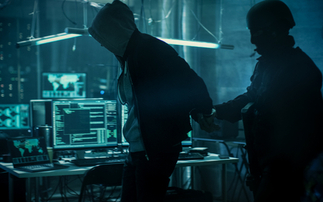Wave of malware written for PowerShell as Microsoft prepares to make it the replacement for the command line in Windows 10
Malware writers are shifting their focus to Microsoft PowerShell, according to security software company Symantec, which claims that it has seen a 95.4 per cent rise in PowerShell malware instances...
To continue reading this article...
Join Computing
- Unlimited access to real-time news, analysis and opinion from the technology industry
- Receive important and breaking news in our daily newsletter
- Be the first to hear about our events and awards programmes
- Join live member only interviews with IT leaders at the ‘IT Lounge’; your chance to ask your burning tech questions and have them answered
- Access to the Computing Delta hub providing market intelligence and research
- Receive our members-only newsletter with exclusive opinion pieces from senior IT Leaders




















